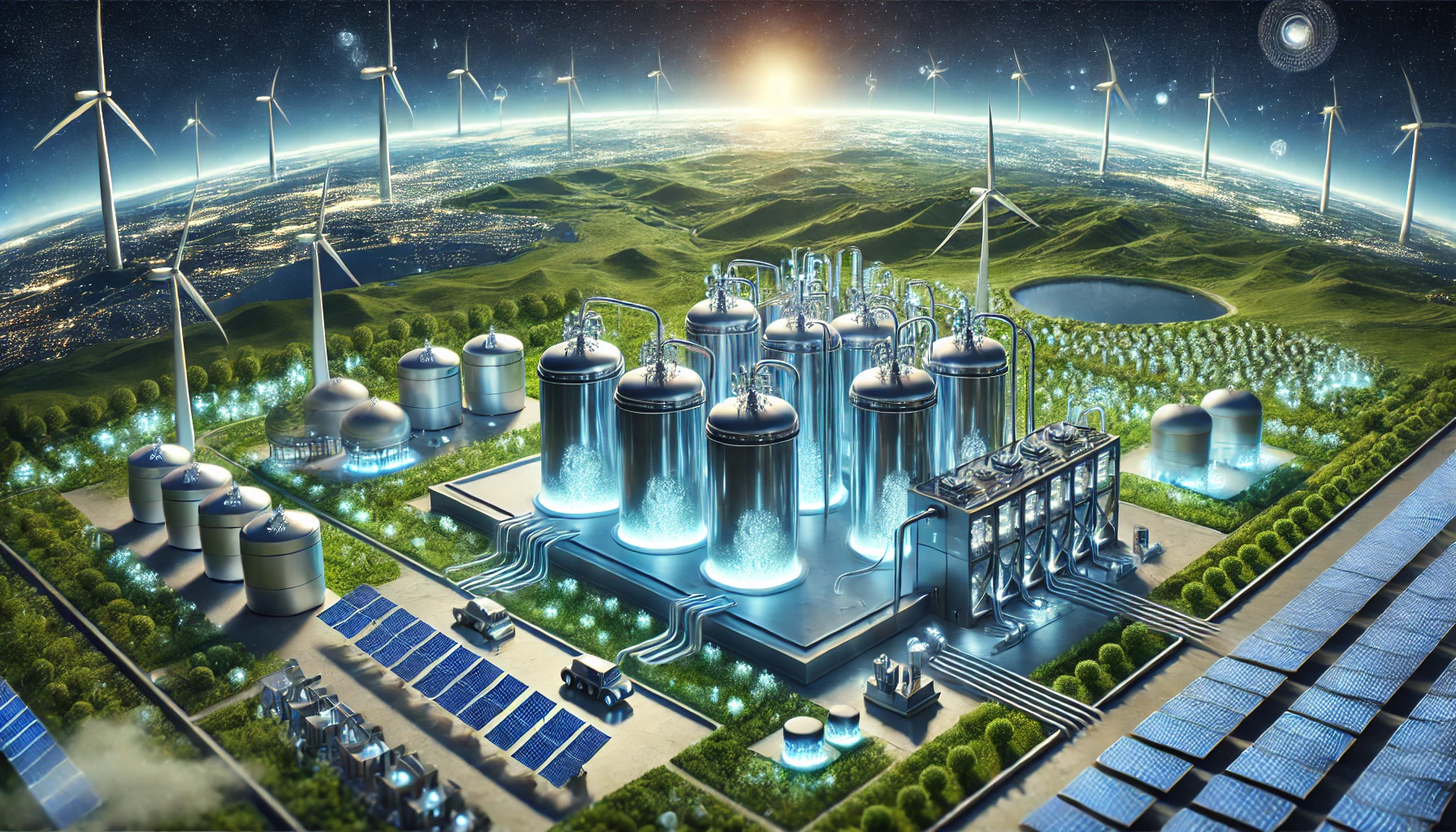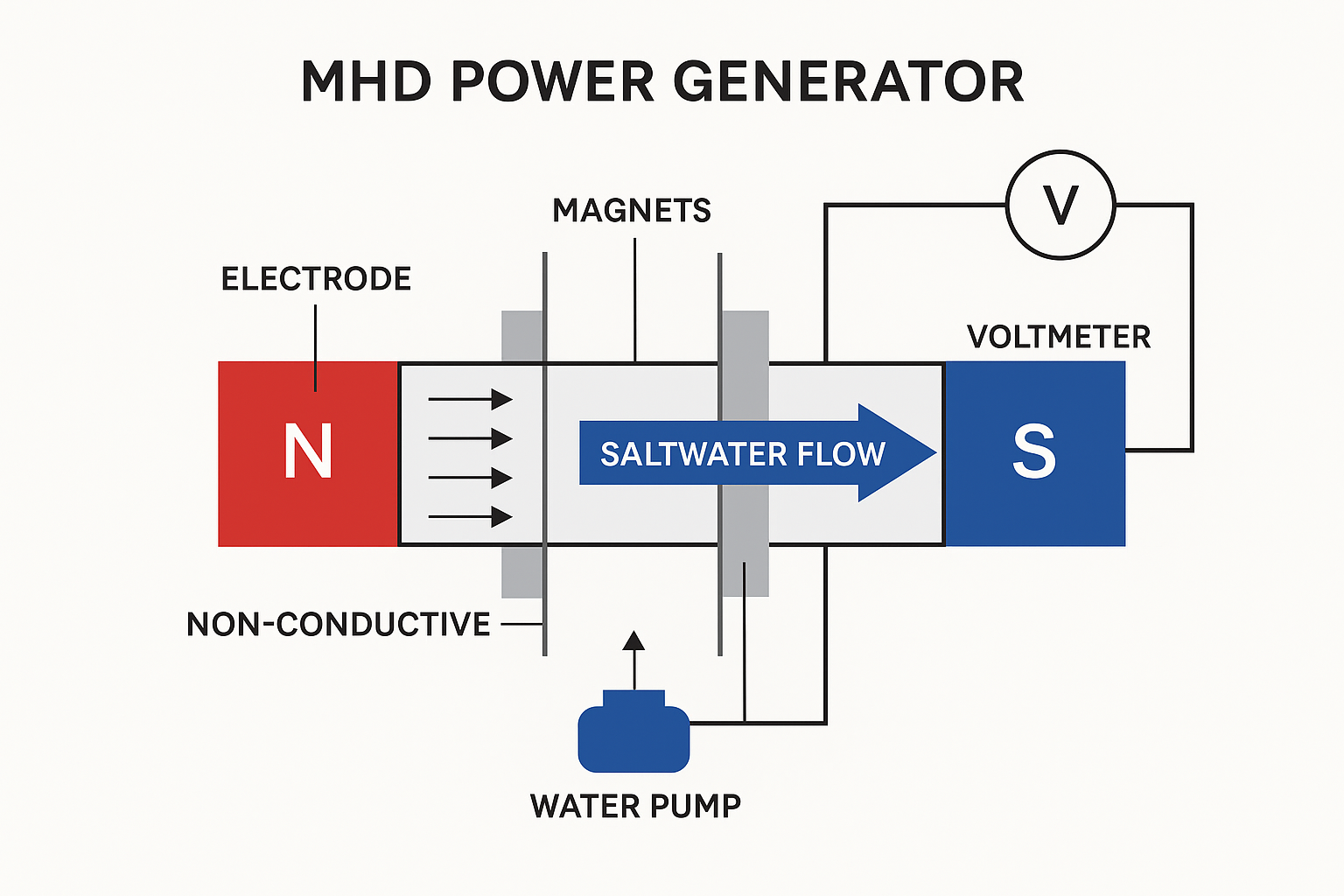 Technological Advancements and Commercial Potential
Technological Advancements and Commercial Potential
Introduction
As the world grapples with escalating energy demands and environmental degradation, the need for clean, efficient, and sustainable energy solutions has never been more urgent. Hydrogen fuel cells, particularly Solid Oxide Fuel Cells (SOFCs), are emerging as a transformative technology with the potential to revolutionize energy production. Through an electrochemical reaction, SOFCs generate electricity with minimal environmental impact, high efficiency, and scalability, making them a viable alternative to fossil fuels for diverse applications in transportation, backup power systems, and industry. This project explores recent innovations in hydrogen fuel cell technology that are improving efficiency and reducing costs, bringing us closer to widespread commercial adoption.
Problem Statement
Although hydrogen fuel cells hold promise as a clean energy solution, they face challenges that limit their adoption. High production costs, durability issues, and efficiency concerns make it difficult for fuel cells to compete with traditional fossil fuels and other renewable energy options. This project investigates these challenges, focusing on new advancements in SOFCs that are making hydrogen fuel cells more efficient, cost-effective, and commercially viable.
Abstract
This research examines the current advancements in hydrogen fuel cell technology, with an emphasis on Solid Oxide Fuel Cells (SOFCs) and their commercial potential in the clean energy sector. Innovations in materials and fuel cell design are driving efficiency gains and cost reductions, making SOFCs increasingly attractive for large-scale energy applications. This study involved lab tests to measure efficiency and evaluate cost-effectiveness, comparing new SOFC technology with existing standards. Results indicate substantial progress in SOFC performance, positioning hydrogen fuel cells as a competitive option in the renewable energy landscape. The study concludes with suggestions for further advancements to expedite SOFC adoption in the market.
Materials
For this study, the following materials were used:
- Hydrogen Fuel Cell Stack (SOFC model for efficiency and durability testing)
- Compressed Hydrogen Gas Cylinders for fuel supply
- Electrolyte Material, such as yttria-stabilized zirconia, to optimize performance
- Anode and Cathode Materials (e.g., nickel-based anode and lanthanum strontium manganite cathode)
- Temperature Control Unit to simulate necessary high-temperature conditions
- Voltage and Current Meters for accurate output measurements
- Data Logging Equipment for continuous performance tracking
- Protective Gear for safe handling of hydrogen and high-temperature equipment
Procedure
The study followed a systematic process to test and evaluate the SOFC system. First, the SOFC stack was assembled with a controlled hydrogen and air supply. Meters and data logging equipment were connected to monitor the cell’s power output, including voltage and current.
Calibrations were made to ensure stable operating temperatures (typically 600-1000°C for SOFCs). Hydrogen gas was then introduced to the anode, while air was supplied to the cathode, initiating the electrochemical reaction that generates electricity. Power generation was monitored, recording voltage and current readings to assess efficiency. Durability tests were conducted over extended periods to evaluate the cell’s performance stability. Finally, data analysis was performed to determine efficiency trends, fuel consumption rates, and cost-effectiveness.
Results
The study showed promising results in terms of both efficiency and durability. The SOFC demonstrated an initial efficiency of 60-70% with a steady voltage and current output, indicating strong potential for sustained performance. Cost analysis revealed that recent advancements in materials and manufacturing methods have reduced production costs by nearly 30% compared to older SOFC models. However, high operating temperatures could impact the long-term stability of the cells, a factor to consider for further optimization.
Analysis
Advancements in SOFC technology, especially in materials and manufacturing techniques, have substantially improved both efficiency and affordability. Operating temperatures around 800°C helped achieve efficiency levels close to 70%, a marked improvement over previous fuel cell technologies. Cost reductions were primarily due to innovations in electrolyte and cathode materials, as well as improved production processes. The durability testing indicated that SOFCs could be a viable solution for long-term commercial use, though high operating temperatures may limit widespread adoption until further innovations are made.
Conclusion
This project demonstrates that recent advancements in hydrogen fuel cell technology are significantly enhancing the efficiency, durability, and cost-effectiveness of Solid Oxide Fuel Cells (SOFCs). With these improvements, hydrogen fuel cells are increasingly viable for commercial applications and offer an impactful solution for the clean energy transition. However, further research and development are necessary to address the high operating temperatures and optimize cost-efficiency. By continuing to innovate in materials science and fuel cell design, hydrogen fuel cells could soon become a cornerstone of global clean energy infrastructure, supporting the shift away from fossil fuels toward sustainable energy solutions.






Thank you for the auspicious writeup. It in fact was a amusement account it. Look advanced to more added agreeable from you! By the way, how could we communicate?
Thanks for the tips shared in your blog. Something else I would like to say is that losing weight is not all about going on a dietary fad and trying to get rid of as much weight as you can in a couple of days. The most effective way in losing weight is by taking it slowly and gradually and right after some basic suggestions which can help you to make the most from a attempt to drop some weight. You may learn and be following most of these tips, nevertheless reinforcing expertise never does any damage.
I have been browsing on-line greater than three hours nowadays, yet I by no means found any attention-grabbing article like yours. It is beautiful price enough for me. In my opinion, if all website owners and bloggers made just right content material as you probably did, the net might be much more useful than ever before.
thanks
What抯 Going down i am new to this, I stumbled upon this I have found It absolutely helpful and it has aided me out loads. I hope to give a contribution & aid different users like its helped me. Good job.